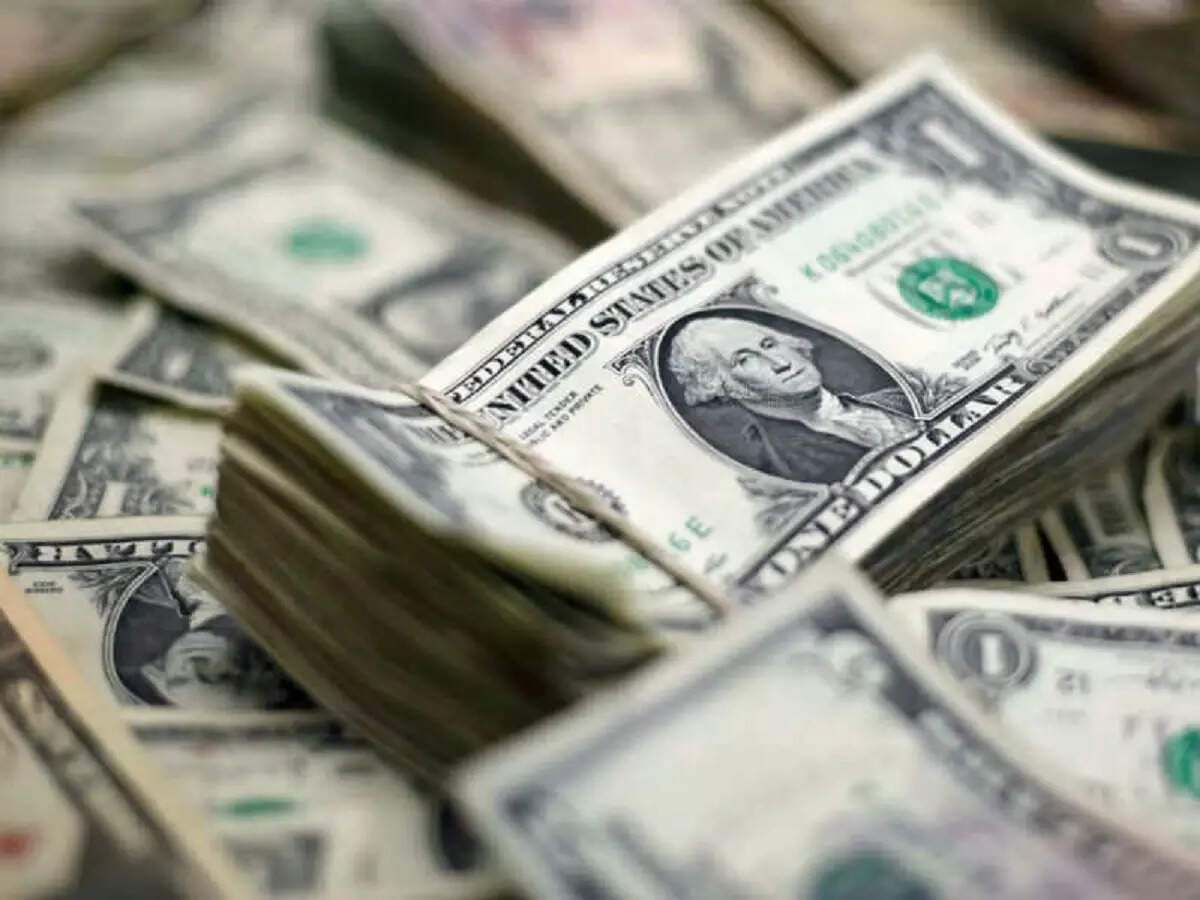
SINGAPORE/HONG KONG – The dollar climbed to a three-week high on Thursday after minutes from the Federal Reserve‘s July meeting pointed to U.S. interest rates staying higher for longer to bring down inflation.
Sterling briefly dropped below the $1.2 level to a three-week low, thanks to the stronger dollar, and also suffering from red hot inflation figures released the day before which reinforced fears about the U.K. growth outlook.
The pound was last down 0.3% at $1.2015, while the euro shed 0.2% to $1.0157 and the dollar climbed a touch on the yen to trade at 135.25 yen, just off its overnight one week high.
This left the dollar index up 0.22% at 106.89, its highest since late July.
“The bigger picture for the dollar is that it’s in a strong uptrend,” said Matt Simpson, a senior analyst at brokerage City Index in Brisbane, adding it has now paused a weeks-long pullback
“In some ways, bulls are looking to step back in and I think the Fed minutes gave them a reason to do so.”
Fed officials saw “little evidence” late last month that U.S. inflation pressures were easing, minutes released on Wednesday showed. The minutes flagged an eventual slowdown in the pace of hikes, but not a switch to cuts in 2023 that traders until recently had priced in to interest-rate futures.
Traders see about a 40% chance of a third consecutive 75 basis point Fed rate hike in September, and expect rates to hit a peak around 3.7% by March, and to hover around there until later in 2023.
In Asian trade the greenback gained most against the Antipodeans, especially the Aussie, which was dragged down as weaker-than-expected wage growth weighed on Australia’s rates outlook.
The Australian dollar fell to a one-week low of $0.6899, before bouncing back to $0.6916, down 0.3%, following noisy labour data that showed falls in both employment and the jobless rate.
The New Zealand dollar was also pinned to Wednesday lows and was last down 0.35% at $0.6258.
China’s yuan, meanwhile, continued to struggle as weak consumption, low confidence, anaemic credit growth, a property crisis and restrictive COVID-19 policies have cast a long shadow over the prospects for the world’s second-largest economy.
The yuan fell about 0.2% to 6.793 per dollar.
It also dropped below its 200-day moving average against the euro.